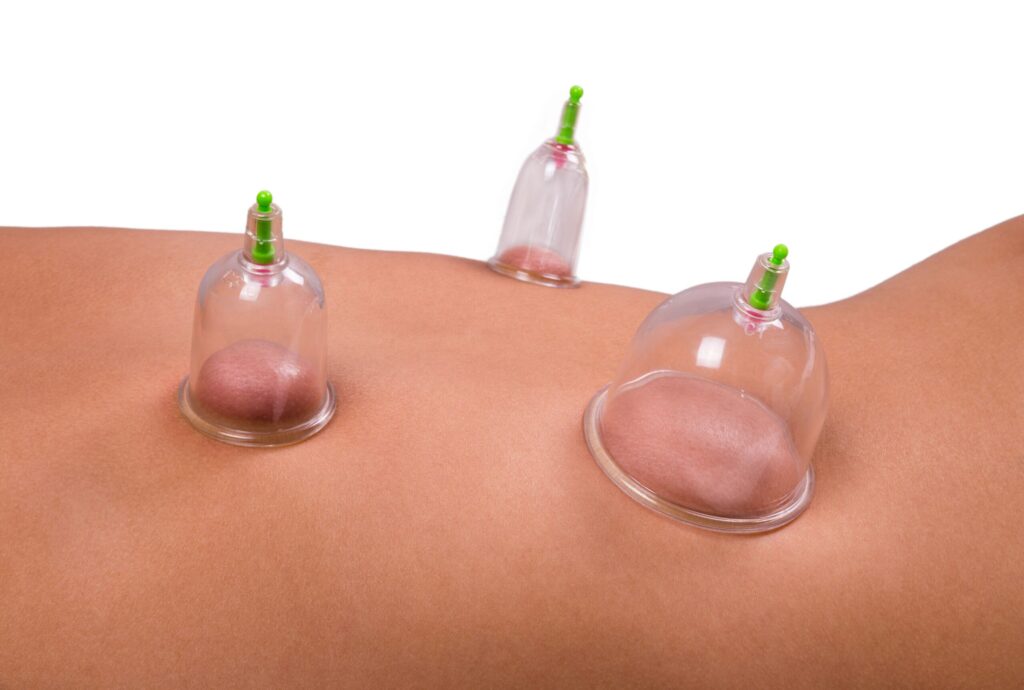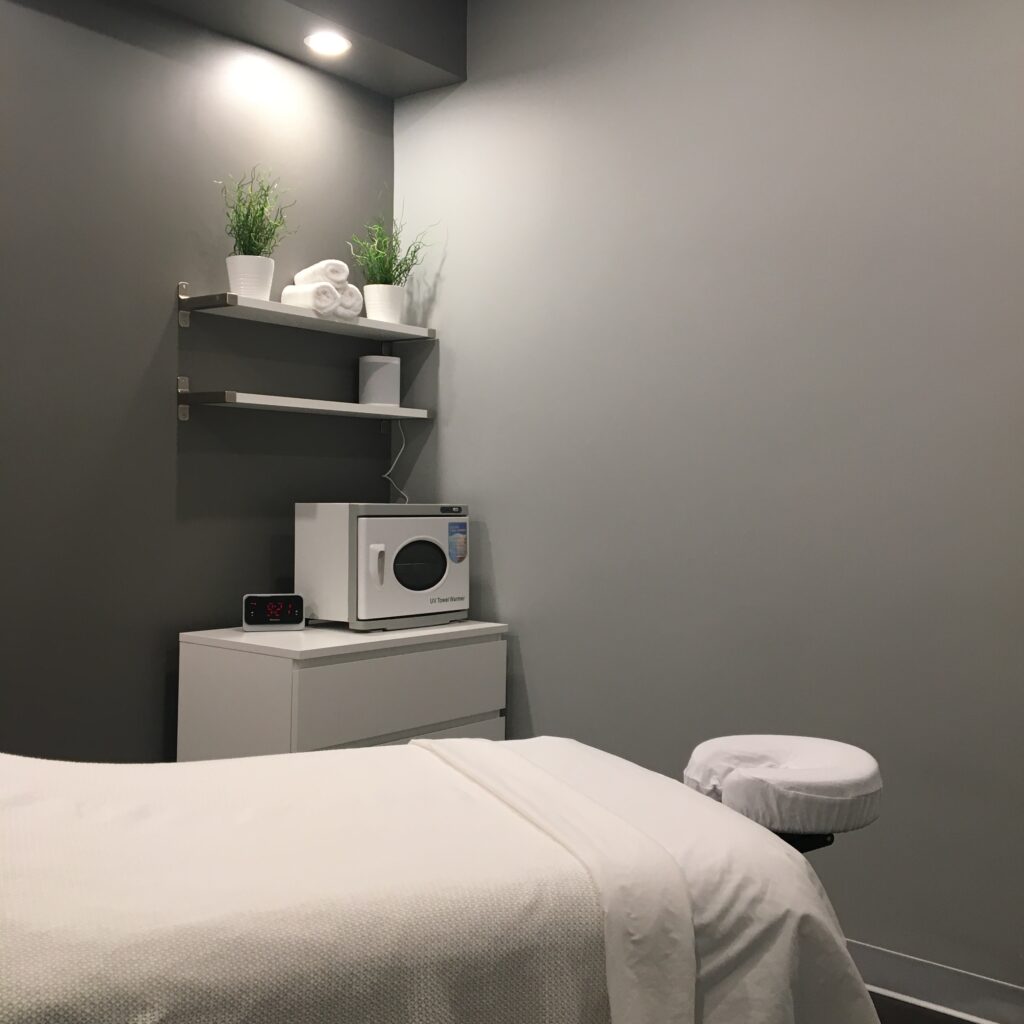Cupping therapy is an ancient method that dates back to 1,550 B.C. This method is still applied and used in today’s modern society to help treat many various conditions.
Many of you reading this blog today may have never heard of cupping therapy. But something or better yet, someone who you may be familiar with is, Michael Phelps, an American former competitive swimmer, and most successful Olympian of all time. Coincidentally, this all-star swears by cupping treatment to keep him well prepared for his competitive endeavours.
Now that I got your attention…
The cupping mechanism consists of creating a vacuum-like suction on the skin, which will raise the skin, fascia and deeper muscle layers to the surface of the cup. Cupping draws the old, non-circulating stagnant blood and toxins, up to the skin’s surface and away from the injury.
The suction is typically done by a pump, which attaches to the cup, creating the suction which ensues negative pressure. There is converging evidence that cupping can induce comfort and relaxation on a systemic level, resulting in an increase in endogenous opioid production in the brain, which leads to improved pain control. In addition, cupping also leaves round purple marks or circular bruises on the skin; these marks may begin to fade after several days but can remain for two to three weeks depending on the severity of stagnation.
Cupping Benefits:
- Improves blood flow
- Removes toxins in the body
- Migraines & headaches
- Anxiety & depression
- Improves posture
- Removes muscles knots

- Breaks down scar tissue
- Reduces cellulite
- Relieves headaches & migraines
- Enhances sense of well-being
- Eliminates toxins
- Increases lymphatic flow
- Promotes cell-repair
- Reduces swelling
Side-effects of Cupping:
- May cause pain (it is normal to feel sore for a few days after the cupping treatment.)
- Burning sensation (very rare)
- Dizziness (since your blood will be flowing at a faster pace than usual)
- Sweating (cupping may cause heat in your tissues)
- Nausea (very common)
- Lightheadedness (if you get up from the massage table too fast)
- Feeling faint (due to sudden blood rush to the head)
*It is advised that you don’t eat anything 2-3 hours prior to the cupping treatment. Don’t use cupping if you use blood-thinning medication.*
Furthermore, avoid cupping if you have:
- a sunburn
- a wound
- skin ulcers
- experienced recent trauma
- an internal organ disorder
Cupping therapy isn’t recommended for everyone. Extra caution should be taken for the following groups:
- Children under 4 years old
- Seniors
- Pregnant women
- Those who are currently menstruating
To book a cupping session with Mohammad at Massage Experts St. Alberts, click here.
To book a massage therapy session at any of our other locations, click here.

